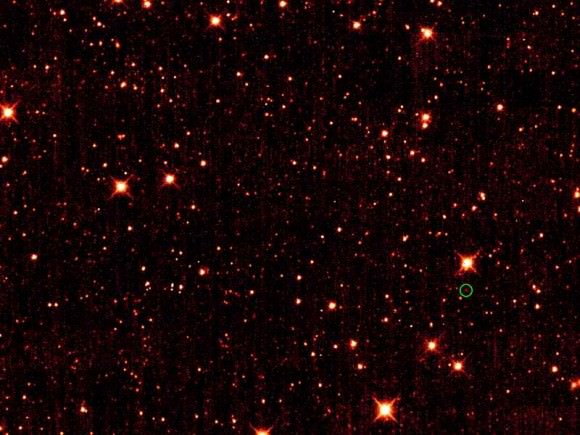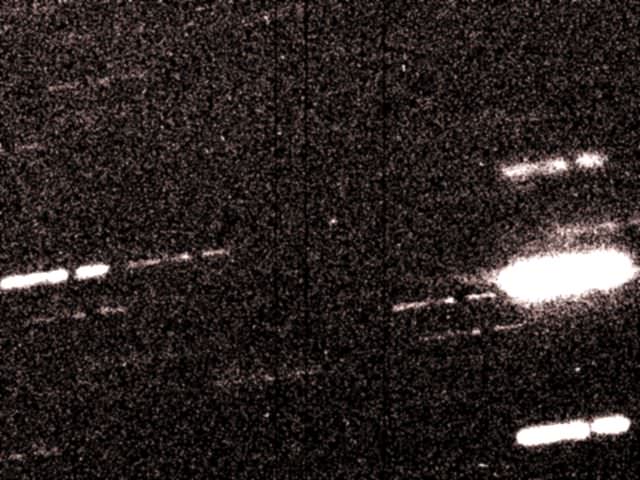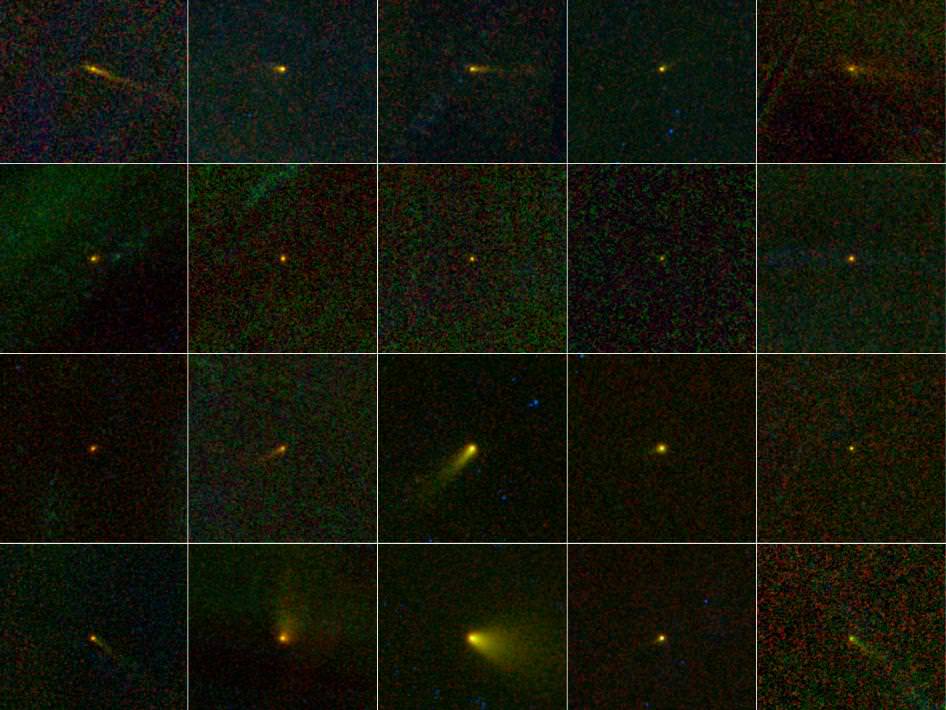[/caption]
The first known “Trojan” asteroid in Earth’s orbit has been discovered. A Trojan asteroid shares an orbit with a larger planet or moon, but does not collide with it because it orbits around one of two Lagrangian points. Trojans sharing an orbit with Earth have been predicted but never found until now. Astronomers analyzing data from the asteroid-hunting WISE telescope – which ceased operations in February 2011 – found the asteroid, named 2010 TK7, and followup observations with the Canada-France-Hawaii Telescope on Mauna Kea in Hawaii confirmed the discovery and the object’s stealthy orbit.
In our solar system, we know of Trojans that share orbits with Neptune, Mars and Jupiter. Two of Saturn’s moons share orbits with Trojans. Astronomers have known that Earth Trojans would be difficult to find because they are relatively small and appear near the sun from Earth’s point of view.
But 2010 TK7 proves that Trojans associated to Earth can be found, and astronomers predict that since one has been found, perhaps they’ll find more, as we’ll learn more about their dynamics and characteristics of their population from this first one.
“These asteroids dwell mostly in the daylight, making them very hard to see,” said Martin Connors of Athabasca University in Canada, lead author of a new paper on the discovery in the July 28 issue of the journal Nature. “But we finally found one, because the object has an unusual orbit that takes it farther away from the sun than what is typical for Trojans. WISE was a game-changer, giving us a point of view difficult to have at Earth’s surface.”
The animation below shows the orbit of 2010 TK7 (green dots).
The asteroid is roughly 1,000 feet (300 meters) in diameter. It has an unusual orbit that traces a complex motion near the L4 point. However, the asteroid also moves above and below the plane. The object is about 50 million miles (80 million kilometers) from Earth. The asteroid’s orbit is well-defined and for at least the next 100 years, it will not come closer to Earth than 15 million miles (24 million kilometers).
“It’s as though Earth is playing follow the leader,” said Amy Mainzer, the principal investigator of WISE’s extended mission called NEOWISE that looked especially for Near Earth Object “Earth always is chasing this asteroid around.”

A handful of other asteroids also have orbits similar to Earth. Such objects could make excellent candidates for future robotic or human exploration. Asteroid 2010 TK7 is not a good target because it travels too far above and below the plane of Earth’s orbit, which would require large amounts of fuel to reach it.
“This observation illustrates why NASA’s NEO Observation program funded the mission enhancement to process data collected by WISE,” said Lindley Johnson, NEOWISE program executive at NASA Headquarters in Washington. “We believed there was great potential to find objects in near-Earth space that had not been seen before.”
The WISE telescope scanned the entire sky in infrared light from January 2010 to February 2011. The NEOWISE project observed more than 155,000 asteroids in the main belt between Mars and Jupiter, and more than 500 NEOs, discovering 132 that were previously unknown.
Sources: Canada-France-Hawaii Telescope, NASA


